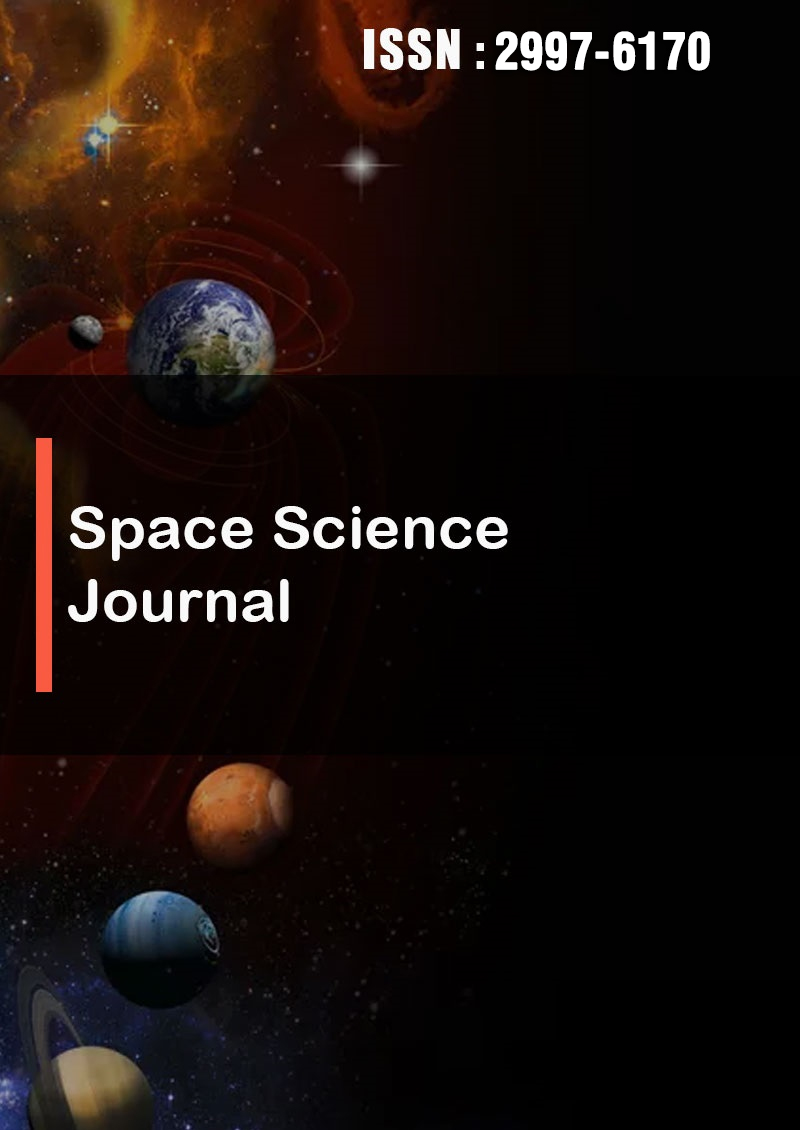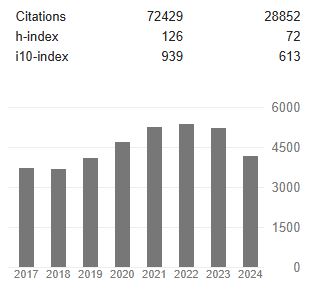Mesoscale and Large-Eddy Simulation of the Boundary-Layer Process of Cumulus Development over Naqu, Tibetan Plateau Part B: The Low-level Baroclinic Vortex and its Contribution to Cumulus Clouds Formation
Abstract
B. Kpaikpai, J. Sun, J. Zhu, M. Banna, E. Panassa and D. Kakpa
The Tibetan Plateau's vortices and internal forcing elements interact to form cumulus clouds in the Naqu area. The study has examined the physical mechanism of the interaction between the low-level baroclinic vortex that forms within the large-scale convergence zone (33°–36°N and 84°–94°E) and the deep cumulus cloud during the Day 3 of the model experiment. The purpose was to advance our understanding of the ABL process of cumulus development over Naqu. Analysis for the study was done using the simulation results from Part A's Scenarios B and C. The findings imply that deep cumulus cloud formation required the development of a low-level baroclinic vortex within large-scale convergence zones. Additionally, the positioning of the Subtropical Jet at 36°N and the presence of the South Asian High impacted both the vortex and the resulting cumulus cloud types. In addition, a microphysical analysis indicates that the cloud, ice, snow, and graupel formations in Scenario B imply the production of cold rain through a mixed-phase process. In contrast, the presence of cloudy liquid water in Scenario C supports the dominance of warm rain in the process. Our study highlights the significance of mixed-phase processes as the primary source of uncertainty in the WRF-LES model and recommends further investigation into the planetary boundary- layer scheme utilized in both mesoscale simulation and LES. To improve the dependability of our findings, we advise Scenario B to impact scientific research outcomes by utilizing the most recent planetary boundary-layer schemes and raising both horizontal and vertical grid spacing.




